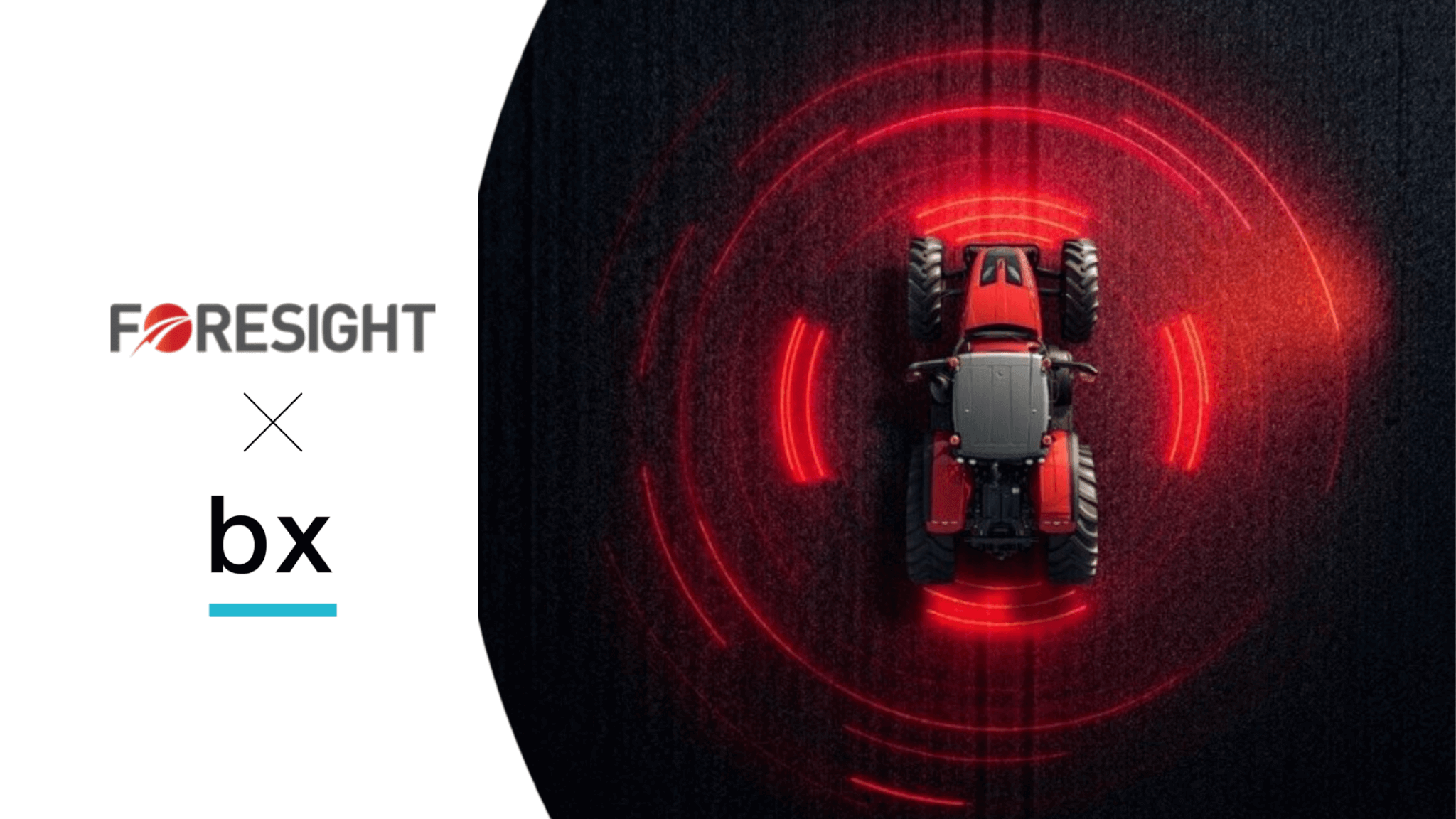Foresight Autonomous Holdings Ltd. and BuilderX have announced a multi-phase collaboration agreement to enhance safety and operational efficiency in hazardous industrial environments. After successfully completing a proof-of-concept (POC) project, the two companies will integrate Foresight’s 3D perception technology into BuilderX’s AI-driven teleoperation systems for heavy machinery. This system lets operators remotely control and monitor equipment, providing real-time feedback using multiple cameras mounted on machinery.
The technology is particularly valuable in environments where operators face exposure to toxic chemicals, severe dust, or poor visibility. The partnership aims to significantly reduce accidents and health hazards by removing operators from these high-risk zones. In addition to visible-light cameras, future integration plans include both visible-light and thermal cameras, which could eventually enable fully autonomous heavy machinery operations under harsh conditions.
Shaolong Sui, CEO of BuilderX, highlighted the importance of this partnership in addressing the unique challenges of hazardous work environments. He stated, “As hazardous environments pose significant challenges for heavy machinery, we believe that our collaboration with Foresight will provide our equipment with the advanced AI capabilities needed to navigate these demanding conditions and deliver exceptional performance.”
Oren Bar-On, CEO of Foresight Asia, added, “We are excited to partner with BuilderX to bring our advanced 3D perception technology to the heavy machinery industry. This collaboration will enable us to leverage our expertise and enable heavy machinery to operate reliably and safely in even the most extreme conditions.”
The benefits of using AI and tech in the construction industry
By implementing Foresight and BuilderX’s AI and 3D perception technology, companies can see significant cost reductions through several vital benefits:
- Lower labor costs: Reduced need for on-site operators due to remote-controlled and autonomous systems.
- Decreased insurance premiums: Fewer workplace accidents lead to lower insurance expenses.
- Operational efficiency: Improved precision and reduced downtime cut maintenance and fuel costs.
- Increased productivity: Autonomous equipment enables continuous operations in harsh environments without human intervention.
The partnership represents the growing integration of AI and 3D perception technology in construction, offering new solutions for improved safety and performance across the industry. As technology advances, fully autonomous operations could become the industry standard, driving further innovation and cost-efficiency.



1 comment